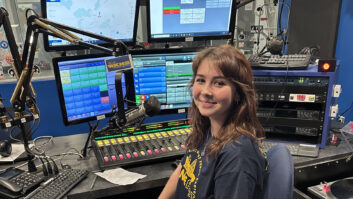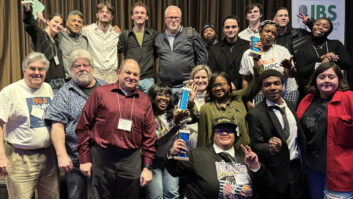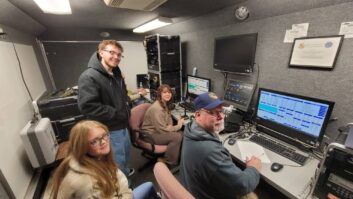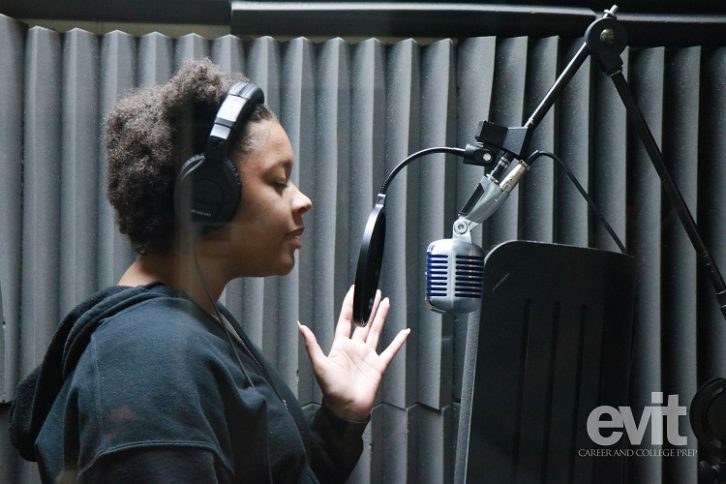
If commercial radio is the major leagues, non-commercial high school stations represent the youngest of our farm teams.
Each year the John Drury Awards recognize the best of these. WLTL(FM) in Lyons Township High School in La Grange, Ill., was recently chosen as best high school station in the nation.
Additional awards during the December ceremony went to other high school broadcasters for best news feature story, best specialty music program and best website, among other honors.
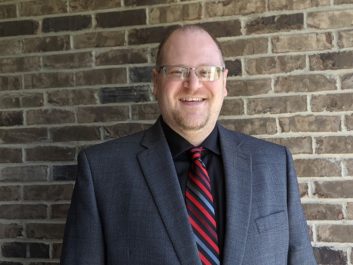
Zach DeWitz, general manager of WONC(FM) at North Central College in Naperville, Ill., is in charge of the awards.
“When I was a junior attending this school and working here at WONC John Madormo, our then-GM started these awards, and he named them after John Drury, a famed broadcaster who was on the air for decades in Chicagoland,” said DeWitz.
“My wife teaches high school and tells me that so many radio courses have been cut in these hard times, but it’s great to still see so many students dedicated to learning this craft, learning how to be good broadcasters.”
“Doing every job”
The Drury competition receives 200 to 300 entries across its various categories each year, mostly from high schools in the Midwest, though some come from as far away as California. DeWitz wants to reach more schools across the country in the future.
Awards are given in wide-ranging categories like talk programs, sports play-by-play, documentaries and social media. Thanks to the work of Nathan Ronchetti, awards coordinator and assistant to DeWitz, who designed its website, entries are now submitted each fall via www.johndruryawards.com, where airchecks and other content can be uploaded.
“In the pre-COVID days we would invite entrants to visit us here at the college for the ceremony, to tour our station and receive their trophies in person, and we hope to get back to that after the current health crisis,” said DeWitz. “For now it’s done virtually and we mail the awards out.”
DeWitz believes that young people are still very much interested in radio, if perhaps not in the same way as in years past.
“There are more media for them to investigate,” he said. “Students want to learn podcasting, making videos and everything else, and many are interested in radio as a hobby rather than a career. I definitely see that as a trend.
“Some of the students have what it takes to make it in professional radio, but for now they just want to experience a little of everything. Doing every job, as I did when I worked on the air at WONC, is the best way to prepare yourself and provide what employers want. They want one person who can do the job of more than one person.”
Interest in news
Chris Thomas is general manager and faculty advisor at the latest recipient of the top prize, WLTL. Like DeWitz, Thomas worked for his station on the air before reaching his current position.
“High school stations are not that common, especially FCC-licensed stations,” he said. “More and more schools are adding streaming operations, which is great, and some were even able to grab an LPFM license, but overall it’s a small percentage of stations out there. I don’t have a precise number, but we were able to find about 180 high school stations including FM, AM, LPFM and online, that are student-run.”
How does one go about funding this type of station? Thomas gets some money from his administration but also holds an annual on-air pledge drive.
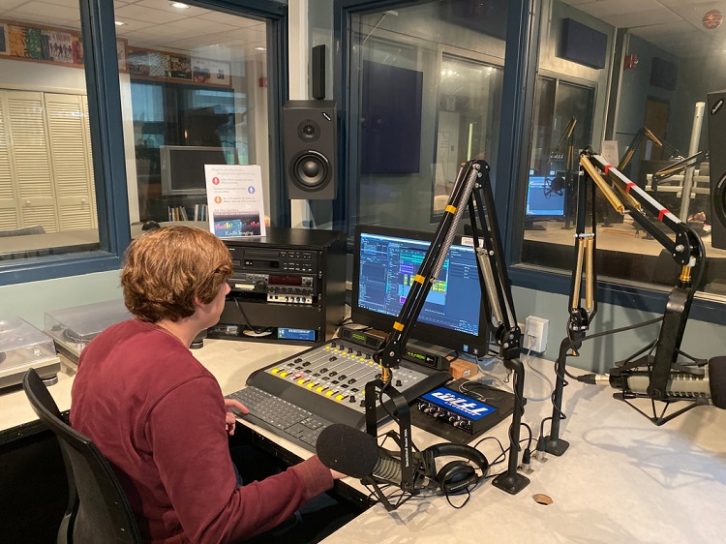
“The school is generous enough to ensure we have what we need in personnel, studio space and basic equipment,” he said. “But our fundraiser allows us to give the students what they will see elsewhere when they leave WLTL. For example, we purchased Axia iQ control boards, Comrex Access units and other equipment such as laptops, Electro-Voice RE20 microphones, Zoom H4n handheld recorders and Shure SM57 microphones. On average we’ll pull in about $25,000 from community members and businesses.”
Thomas, like DeWitz, sees radio interests shifting in young people.
“Podcasting and creating online content are huge areas right now,” said Thomas. “The students are also interested in audio production and we’re happy to help them.
“The other thing I see is more interest in news, especially in light of what has been happening over the last few years. I see more students interested in how news works, which is encouraging.”
Thomas does not agree with the oft-expressed opinion that radio is dying.
“Anyone who feels that way is invited to tune in to not only WLTL, but any high school or college station and hear what today’s students are doing with the medium. It may not be the radio we grew up on, because how we create content will continue to evolve and adapt. It’s a blessing to be part of it and watch the next generation of broadcasters.”
A little of this, a little of that
Dave Juday is a radio/audio production instructor at East Valley Institute of Technology in Mesa, Ariz. The student station at this Career and Technical Education high school is KPNG(FM), “The Pulse.”
“Our students are juniors and seniors who spend half their day with us and the other half tackling regular high school core classes,” he said.
“Our station is 15,000 watts and covers most of the Phoenix metro area, and we have a state-of-the-art digital recording studio here. While the students are with us, they are trained in commercial, promo, PSA and show production as well as music creation. The course also covers broadcast journalism, sports play-by-play and even engineering for live events.”
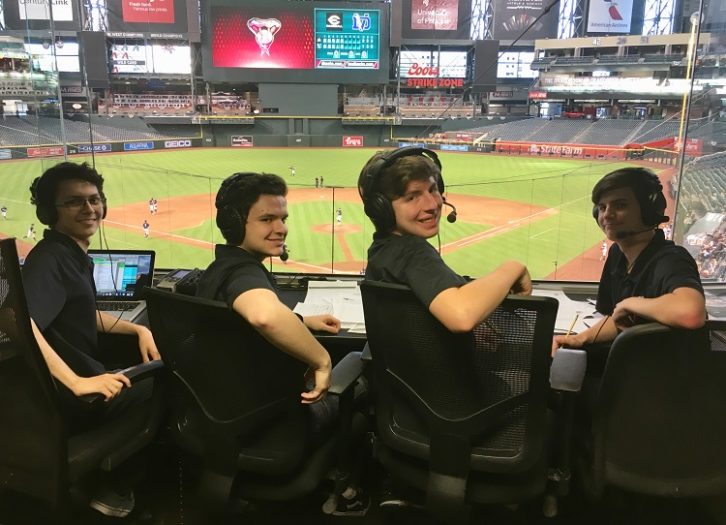
Juday said that many of his students are not necessarily interested in being on the air.
“Because our program covers so many aspects of radio and broadcast production the students have a lot of opportunities within ‘The Pulse.’ We have had several students go on to work in promotions, production and on-air positions in the Phoenix market, and we had one student who is the broadcasting and media content coordinator for the Oakland Athletics baseball team,” he said.
“The more versatile our students are, the more employable they are when they leave us. It’s possible that their first job in radio won’t be exactly what they were looking for, but chances are it could eventually lead to a position they are passionate about.”
A longtime RW contributor, author Ken Deutsch says he was a college radio disc jockey in the late 1960s when words like “far out” and “groovy” were uttered in earnest.
Nominations for the 2021 John Drury Awards are open until May 31. Each radio station must be affiliated with an academic high school and be licensed as an AM or FM facility, registered as a carrier current station by the FCC or be heard online. Visit johndruryawards.com.


